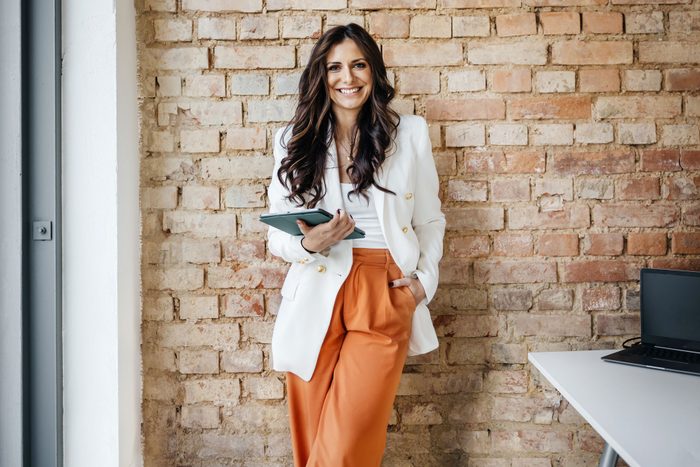
Do you have a clear-cut personal style?
Chances are, you can relate to this scenario: You have something special on the calendar—like a big work presentation or a first date—and you spend hours trying on everything in your closet, attempting to figure out which top to pair with which skirt. Or maybe you have a zillion things in various shopping carts online, but you can’t decide what to pull the trigger on. Well, we have some good news for you: Developing your own personal style might be the answer to all your style dilemmas.
“A lot of overconsumption and dissatisfaction with our wardrobe stems from the fact that we haven’t really taken the time to understand ourselves and our style,” explains stylist Allison Bornstein, author of Wear It Well: Reclaim Your Closet and Rediscover the Joy of Getting Dressed. “An understanding of our personal style actually makes getting dressed and shopping much easier.”
Of course, developing your personal style may feel easier said than done. It’s easy to get distracted when shopping by those cute new fall dresses on Amazon, even if they don’t match the vibe you want. Or you may find yourself being swayed by TikTok style hacks, even if they won’t work for your life or ideal look. Regardless of how easy it may be to fall for trends, sticking with a defined personal style is a worthy pursuit.
Why it’s smart to have a personal style
So how can developing your own personal style help? Often, we will buy things because they’re on trend, or we see them on someone else and think they look cool. But then, when you go to put them on they just don’t feel very “you.” When you have your own personal style, this is less likely to happen. “Being able to define your style makes it so much easier to shop because you have some guardrails,” says Bornstein. “You don’t just buy things willy-nilly—you are able to make smart choices and be a thoughtful consumer.”
And when there aren’t a bunch of items in your closet you don’t feel confident in, you don’t need to stress about putting a look together because it will all vibe. Translation: You’ll be a lot less likely to make outfit mistakes. Plus, it can save you money in the long run because you won’t be as tempted to spend money on trendy items you’ll never actually wear.
Not sure how to figure out your personal style? We asked Bornstein to share some of her top style tips to put you on the right path.
Get Reader’s Digest’s Read Up newsletter for more fashion, humor, cleaning, travel, tech and fun facts all week long.
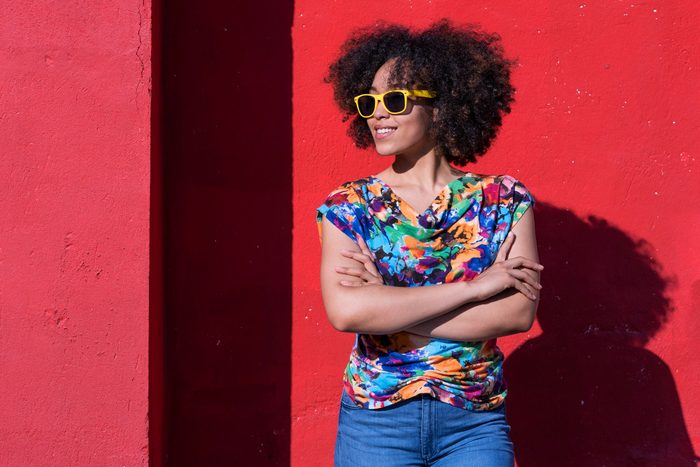
Think about the parts of yourself you want to express
Judging a book by its cover may be a no-no, but that doesn’t mean it doesn’t happen. Think of your clothes as your book cover. “What we wear tells people who we are, who we want to be and what’s important to us,” says Bornstein. “Fashion is a language and a way of communicating that we can really use to our advantage.”
So, as you’re thinking about the type of personal style you’d like to develop, consider your favorite personality traits and what you want the world to know about you. Are you fun-loving? Bold colors and quirky patterns might be the perfect fit. Are you quiet and reserved? Timeless pieces and fashion accessories in neutral colors might be better suited to you.
Some people even turn to the zodiac for inspiration. For example, if you’re an Aquarius, you might want to opt for a free-spirited look. Or if you’re a typical Virgo, the buttoned-up look might be more your thing.
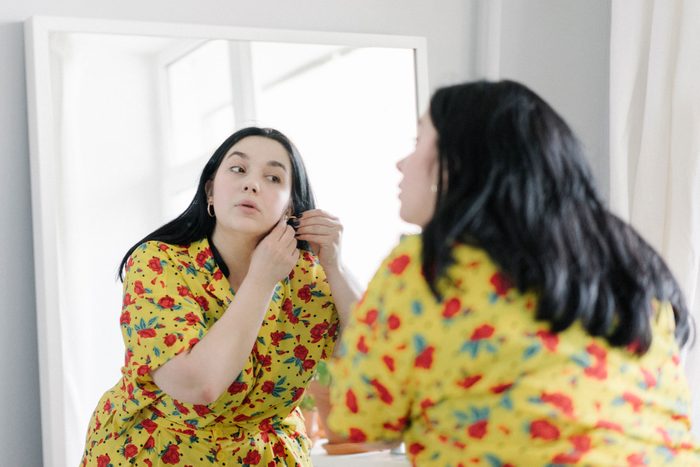
Pick your three style words
Remember how Bornstein mentioned that having your own personal style is kind of like putting up guardrails when you go shopping? She actually has a method for creating said guardrails. “The three-word method is very helpful for getting dressed,” she says. “It is essentially distilling your style into three adjectives that almost act as a checklist when you are getting dressed.”
Let’s say you’ve decided you want your personal style to broadcast your take-charge spirit. In this case, your three words might be structured, clean and fashion-forward. Or maybe you’d rather show the world how fun you are. Your words could be vibrant, playful and unexpected. Whatever you choose, your three words should apply to almost everything in your wardrobe, including your shoes and accessories.
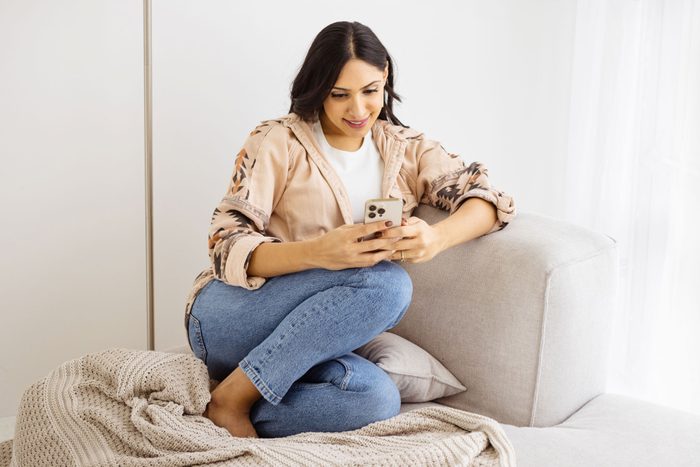
Keep an inspiration folder
“Gathering inspiration on Pinterest or Instagram is a really good way to develop a visual language for your style,” says Bornstein. “Often we know what we like when we see it, but we can’t always communicate it. Having a stash of inspiration images allows you to better understand what you are attracted to.”
Bornstein suggests creating a folder of images you like. Once you have a decent number of images, look at everything together. You should be able to identify things that all the images have in common—like silhouettes, color palettes or even specific pieces. Down the road, you can color-code your closet to make coordinating even easier.
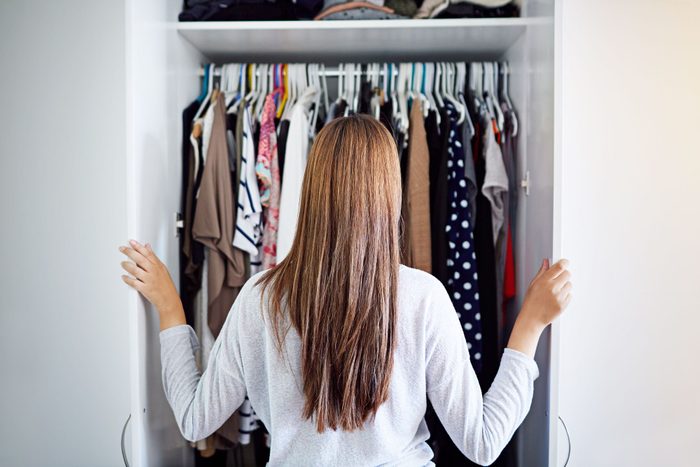
Do a closet edit
As you start to home in on the type of personal style you’d like to emulate, it’s time to go through your closet. “Look at your inspiration photos and then look in your closet and ask, How do these looks compare to what’s in my closet?” says Bornstein. “This will give you good information to work with.”
Pull everything out and sort it into three piles. The first pile should be things that fit within the personal style you’ve identified; these are items you will keep. The end result of this should be a capsule wardrobe of sorts—a small amount of items that will all work together and can be mixed and matched.
The second pile should contain things that don’t quite fit your style but that you can’t bring yourself to toss, like the cashmere sweater your grandma passed down to you or the blingy caftan you splurged on and don’t wear often but love to bring on vacation every summer. This pile should be small, but you can keep this stuff too.
The third pile should be comprised of items that have no sentimental pull and don’t fit your personal style. Toss or donate this pile. If you are someone who has a ton of clothes you never wear, you may even want to make a rule before you get started and say, “There will be at least [TBD number of] pieces I am tossing today.”
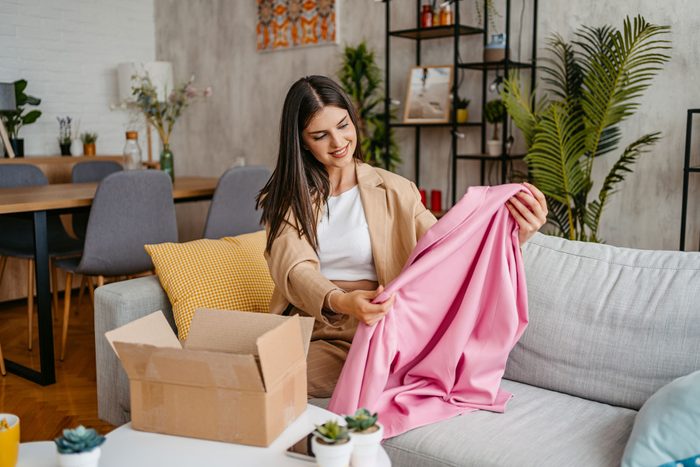
Shop for the life you have
Just because you love ogling gorgeous sequined gowns, it doesn’t mean your wardrobe should be filled with them—unless, of course, you’re a pop star or planning to replace Vanna White on Wheel of Fortune. “Ask yourself what you can wear day to day,” says Bornstein. “[Your personal style] needs to be able to translate to your everyday life.”
Take the example of sequined gowns. They may catch your eye, but they aren’t a great option if you’re a school teacher who spends most of your time in the classroom. Think more practically. If you like sparkles, consider a sensible blazer that has blingy buttons, or some fun flats in a glitzy metallic shade. These little pops of fun can also help you look younger.
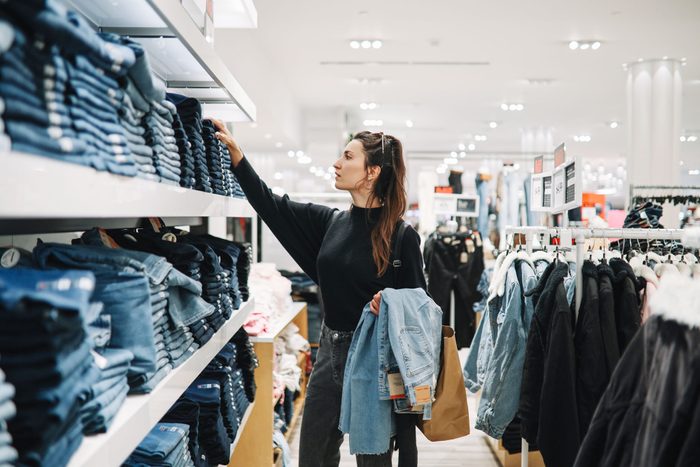
Stay laser-focused on what you need
Whether you hit up the mall or shop online, the sheer amount of clothing can be overwhelming. You may love the way a model looks in something, or you may go shopping with pals who insist you need an item that is not at all you. “There are a lot of options and a lot of influence,” points out Bornstein. So before you shop, think about what you actually need and try to shop only for those items. “Staying in touch with yourself and your personal style will allow you to make smarter decisions,” says Bornstein. Just make sure to ignore the peer pressure, and stick to your predetermined set of rules.

Think about your silhouettes
Color and item type are important when it comes to defining your personal style, but so is silhouette. After all, if you want more of a boho look but only choose structured dresses, it’s going to be tough to accomplish what you’re going for. Pick items that work for the personal style you determined earlier, your lifestyle and your body, says Bornstein. For a more carefree vibe, consider looser silhouettes, like a trapeze dress or flowy pants and skirts. Trying to be more polished? Tailored shirts, structured blazers and skinny pants are a good start, whether you’re looking for business-casual, casual or more formal looks.
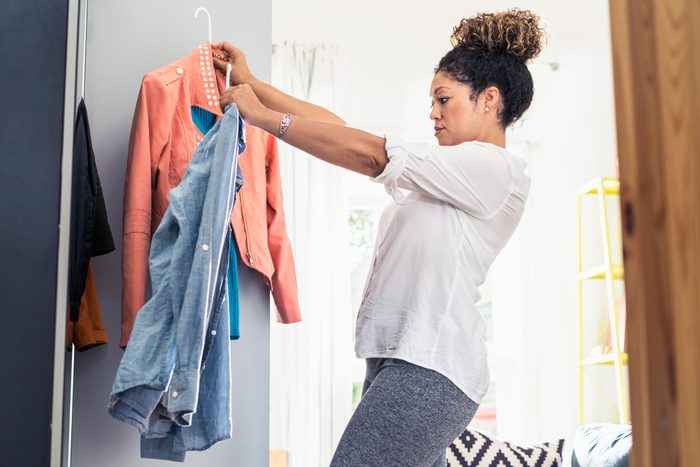
Allow for some evolution
Once you’ve developed your personal style, pat yourself on the back … but also remind yourself that it may slightly change over time. “We all evolve, and as our lives change, so will our style,” says Bornstein. “Fashion is a reflection of you and what’s important to you, which may shift.”
Say, for example, you have a big career shift—your personal style may need to adjust with your new job. Or maybe you’ve always been shy but have been working on showing a more outgoing side of yourself. You may eventually get to a place where you want your wardrobe to reflect that.
Another thing that happens to everyone? Aging. What worked in your 20s may not work quite as well later in life, and you may need to rethink your fashion choices after you turn 40 (or 50 or 60!). That’s not to say that you have to dress “old” as you age. There are plenty of appropriate ways to dress younger.
So, once a year, check in with yourself and your closet. Do the items still speak to what you want to express? Do they fit in with your lifestyle? If the answer is yes, great. If the answer is no, reassess your three words and think about what changes you may need to make.
About the expert
- Allison Bornstein is a wardrobe consultant and stylist with more than a decade of experience. Her styling videos on TikTok have amassed millions of views, and she is the author of Wear It Well: Reclaim Your Closet and Rediscover the Joy of Getting Dressed.
